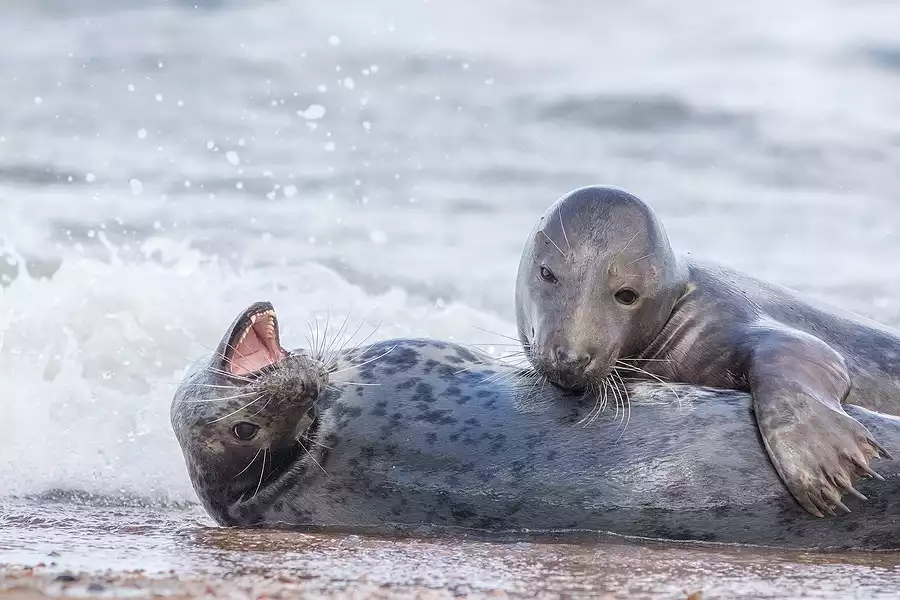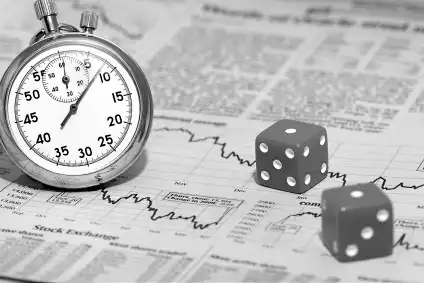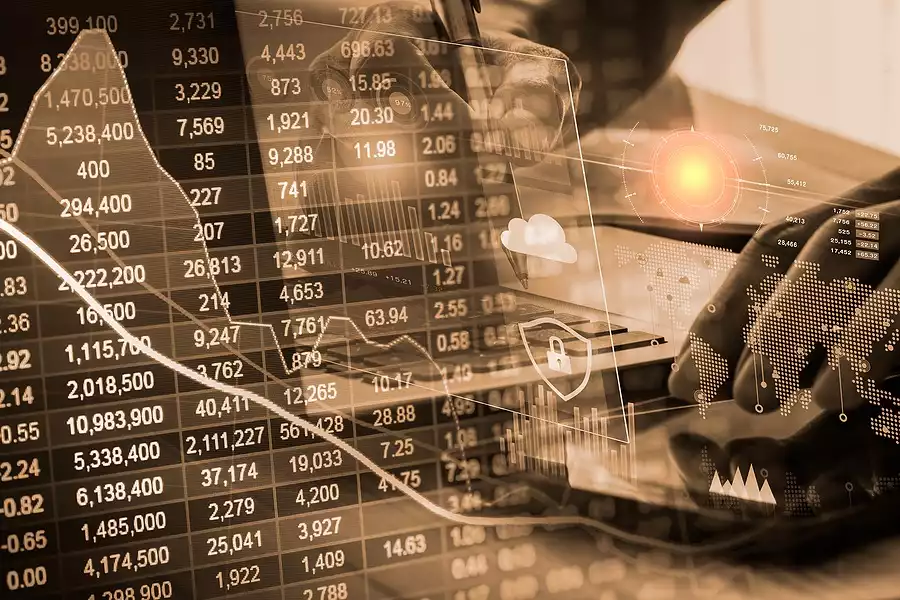How Copying Animal Behaviour Can Make You Rich
June 25, 2022 Updated March 25, 2024
But as we wonder at the whales, gawp at the guillemots and cower at the crocodiles it may also be worth mirroring some of their habits in the financial world.
We don't mean tigers discussing bond strategy as they race through the undergrowth or dolphins discussing quantitative easing as they leap through the air.
But can you use animal beahviour to make your stock portfolio the king of the jungle?
 Takeaways
Takeaways
You can follow the behaviour of animals in the jungle to boost your portfolio
Look at their characteristics such as prowling, waiting, hunting or even just sleeping
They can help you with overnight trading, short-selling and long-term investing
Learn how to tap into your animal spirit
Animal Behaviour 1 Sloth
If a sloth was an investor what would he do all day? Well, sloths are well known for taking life easy. They have had plenty of experience being on our planet for around 40million years.
They only need to process one meal a week because of their ridiculously slow metabolic rate. They don't need to jump down from the trees and scurry off hunting ever few minutes.
Instead, they hug on to the branches and sleep for up to 15 hours a day and the rest of the time they are almost completely motionless. Oh, until that time, also just the once a week, when they venture down to the ground to go to the toilet.
If the Lazy Trader was an animal then it would be the sloth. It would put their investment strategies in place perhaps passive investing through index-hugging ETFs or buying shares in large-cap value companies. They would look to buy a rare coin and be prepared to hold on to it for the long term and watch it grow and grow in value. They would buy a property and again watch the value rise over many years.
They would be long-term swing traders or social and copy traders, following the actions of others rather than taking valuable resting time devising their own strategy.
Just make your investments, grab onto that branch and wait for the money to roll in.
Animal Behaviour 2 Giraffe
Giraffes get very high - the tallest mammals on Earth. They have long necks and mainly eat leaves from trees. They spend most of their lives standing up; even sleeping and giving birth.
If a giraffe was an investor they would follow a top-down investment process. What else could they do? Almost everything is underneath them and when they look up they can scan the horizon for miles and miles. They see the bigger picture.
A top down investor is one whose main focus is the economy, stupid! They look at current strengths and weaknesses, future drivers and challenges both domestically and around the globe.
A top- down investor also tries to look at pointers suggesting the future direction of the stockmarket or sectors and industries set to benefit or suffer.
Other areas they look at which could help their investing or trading strategies are the demographics of a country, commodity prices and inflation.
Animal Behaviour 3 Meerkat
We all know about Meerkats don't we? They are from Russia, like wearing silk dressing gowns and enjoy comparison websites.
No?
Ok. They tend to be found in Africa and are known for being keen bird watchers. Not to tick off in their Birds of the Savannah book but to try and stay alive.
They group together and look to the skies as birds of prey as well as snakes are their main predators. National Geographic says young meerkats are so scared of birds that they will dive for cover if they seen airplane. They have wonderful visions and can spot an eagle from over 1,000 feet away.
Meerkats are a great model for bottom-up investors. They tend to ignore what is happening in the wider economy and stockmarket and concentrate only on the fundamental strengths or weaknesses of an individual stock.
They only have eyes for the birds in the sky looking at a firm's revenue growth, strength of balance sheet, cash flow and management team. What is their market share and do they have a flashy piece of innovative kit which is going to take its sector by storm?
Tiger
These are the prowling, aggressive stock pickers. They are the short-sellers. They look for businesses on their knees, gasping for breath and they make their move. They borrow shares in the beleaguered company from a shareholder, sell them, watch the price go down and buy them back for less money. They then hand the shares back and pocket the difference.
Or they could be the Scalp traders who in a frenzy leap onto a share, holds them for a few seconds or minutes, look for a profitable movement and then sells them.
All done and dusted and back to a covered part of the jungle for a nice lie down.
Owl
An owl like trader could be an overnight trader making trades after an exchange closes for the day and before it re-opens. Perhaps the night trader can take advantage of a piece of breaking news in the wee small hours that other traders tucked up in their beds will not be aware of until morning. If you're owl like you could also spend those dark hours trading in Asia or Australia
Owls also hunt in the dark. They go looking for prey overlooked during the daylight hours, perhaps crouching low somewhere unseen by the masses.
As an owl investor you could then be focused on those highly disruptive private companies. The unquoted who will grow to be the leaders of tomorrow. Knowing who they are, their strengths and skills will help you make better decisions if and when they go public.
Conclusion
Investors and traders are always looking for an edge. By following the characteristics of creatures which flourish in a difficult world full of predators, climate change and humans either hunting them down or destroying their habitats they can empower themselves with new investing habits and traits.
It's time to unleash that animal spirit on the stockmarket.



 Takeaways
Takeaways







